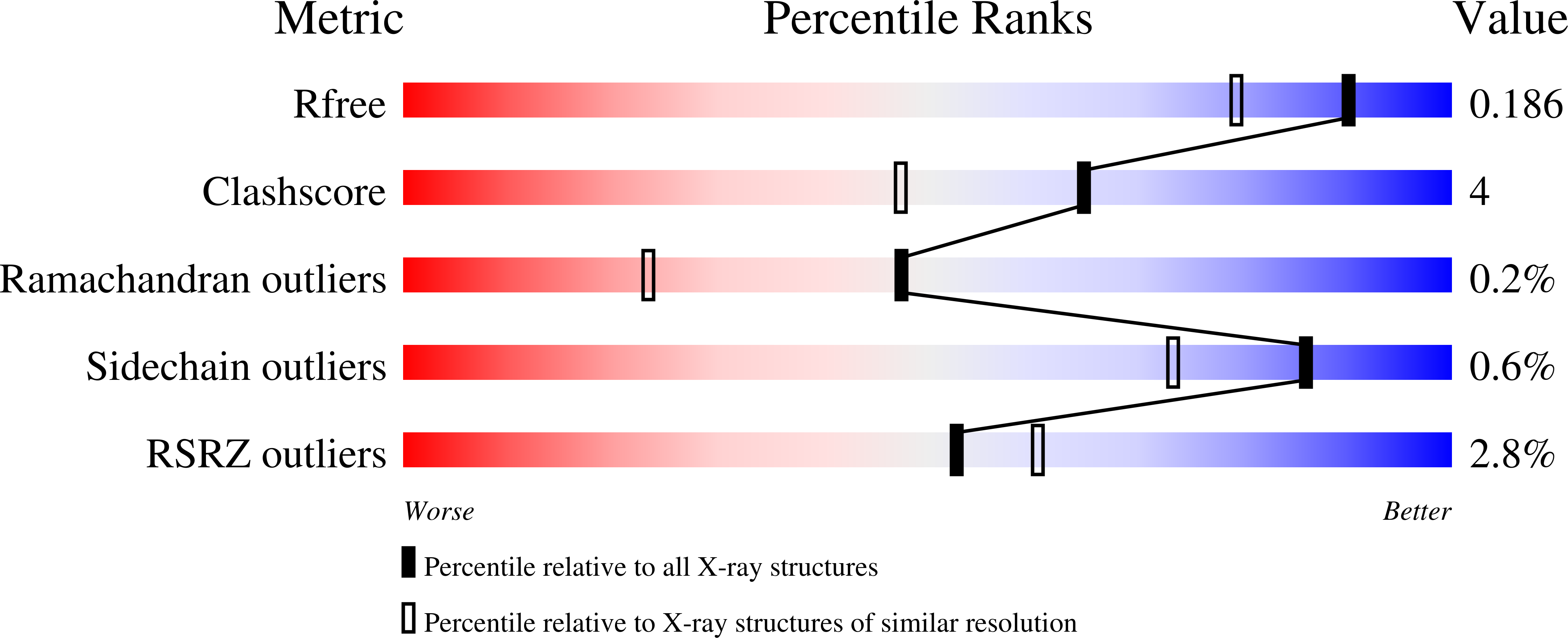
Deposition Date
2022-03-22
Release Date
2022-06-29
Last Version Date
2024-11-20
Entry Detail
PDB ID:
7UEN
Keywords:
Title:
Genetic and structural basis of the human anti-alpha-galactosyl antibody response
Biological Source:
Source Organism:
Mus musculus (Taxon ID: 10090)
Host Organism:
Method Details:
Experimental Method:
Resolution:
1.55 Å
R-Value Free:
0.17
R-Value Work:
0.12
R-Value Observed:
0.12
Space Group:
P 32 2 1


